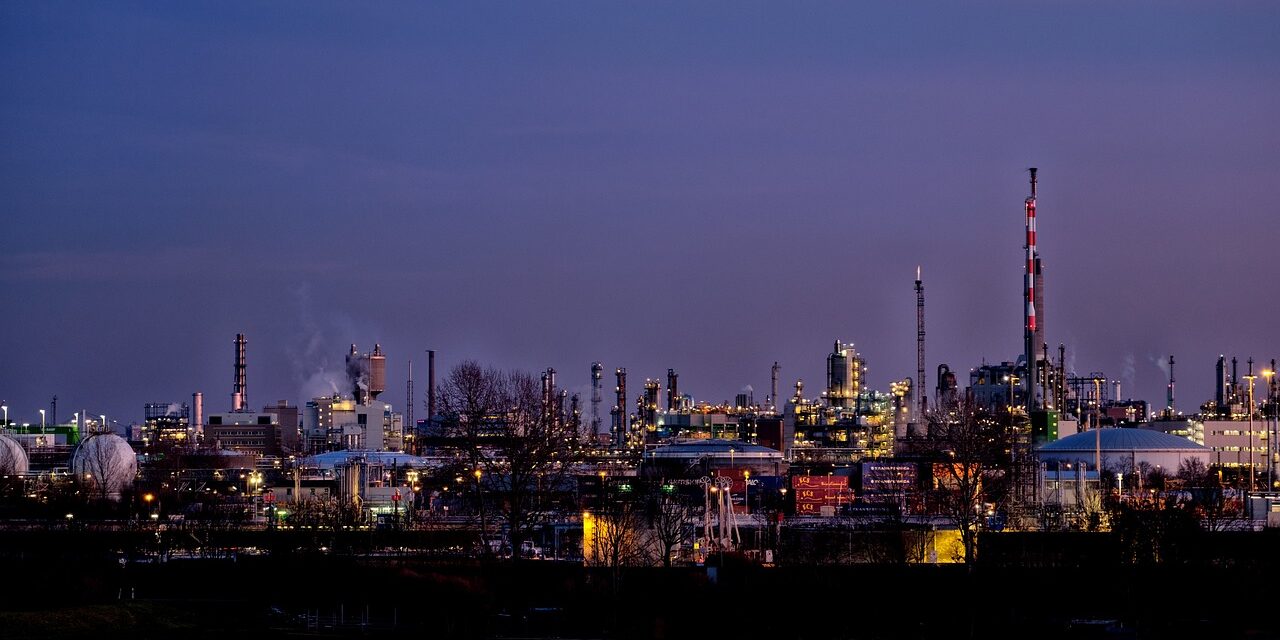The manufacturing industry has long stood as a cornerstone of Japan’s economy, significantly influencing the nation’s growth trajectory and global economic standing. The post-World War II era heralded a remarkable transformation in Japan’s industrial landscape, propelling it to become the third-largest economy in the world by nominal GDP, following the United States and China. This essay will explore the historical development, current state, and future prospects of Japan’s manufacturing sector, underscoring its importance in the context of global trade and economic stability.
Historically, Japan’s industrial growth can be traced back to the Meiji Restoration in 1868, a pivotal moment that initiated Japan’s rapid modernization. The government fervently adopted Western industrial techniques and technologies, laying the groundwork for significant advancements in manufacturing. However, it was the aftermath of World War II that truly ignited the manufacturing sector, characterized by a concerted effort in reconstruction and modernization. The 1950s and 1960s were marked by the introduction of cutting-edge technologies, improved labor practices, and the rise of keiretsu—powerful conglomerates that facilitated coordination between industries.
By the 1970s, Japan emerged as a global leader in manufacturing, particularly in sectors such as automotive and electronics. The country was synonymous with quality and reliability, exemplified by brands like Toyota and Sony. Notably, Toyota introduced the “Just-In-Time” (JIT) production system, revolutionizing inventory management and operational efficiency. This innovation not only positioned Toyota at the forefront of the automotive industry but also set benchmarks for manufacturing practices globally.
Fast forward to the 21st century, the manufacturing industry remains a vital feature of Japan’s economy, contributing approximately 20% of its GDP as of 2022, according to the Ministry of Economy, Trade, and Industry (METI). Furthermore, Japan ranks as the world’s fourth-largest manufacturer, trailing only China, the United States, and Germany. In 2021, the total value of Japan’s manufacturing output surpassed ¥66 trillion (around $615 billion), reflecting a robust industrial foundation. Key sectors, including automotive and machinery, continue to dominate, driving significant export revenues.
The automotive sector is particularly noteworthy, accounting for roughly 22% of Japan’s total manufacturing output. In 2022, Japan produced approximately 9.3 million vehicles, with Toyota, Honda, and Nissan leading the charge. The nation’s manufacturing prowess in this sector was evidenced during the COVID-19 pandemic, where rapid shifts in production minimized disruptions and maintained supply chain integrity, signifying resilience in the face of global challenges.
Moreover, Japan has excelled in high-tech manufacturing, particularly in semiconductor production, machinery, and robotics. Leading the global market for industrial robots, Japan produced around 33% of the world’s industrial robots in 2021, underscoring its position as a critical player in advanced manufacturing technologies. Initiatives like the “Robot Revolution Initiative” highlight the government’s commitment to fostering innovation and maintaining competitiveness against rising industrial powers.
Nevertheless, the Japanese manufacturing industry faces several challenges. A declining workforce, exacerbated by an aging population and low birth rates, has resulted in labor shortages, influencing productivity and growth rates. Additionally, global competition from countries like China and South Korea poses significant threats to Japan’s manufacturing superiority. The rising cost of production and increased environmental regulations further complicate the landscape, necessitating a paradigm shift towards sustainability and innovation.
In response to these challenges, Japan has embarked on a journey towards revitalization and transformation. The government’s initiatives, such as the “Society 5.0” concept, advocate for the integration of cyber-physical systems in manufacturing, effectively marrying digital technologies with traditional industries. This approach aims to enhance productivity, create new value, and underpin economic growth.
In conclusion, the rate of Japan’s manufacturing industry is undeniably pivotal to its economic landscape, characterized by a rich history of innovation and global leadership. As the industry grapples with contemporary challenges, its commitment to adapt and evolve through technology and sustainable practices will determine its future trajectory. The convergence of traditional manufacturing with advanced technologies presents both opportunities and challenges, but Japan’s resilience and historical precedence offer a strong foundation for continued influence in the global manufacturing arena. The ongoing evolution of Japan’s manufacturing sector will not only shape its economic destiny but will also contribute significantly to advancements in global industry standards.

